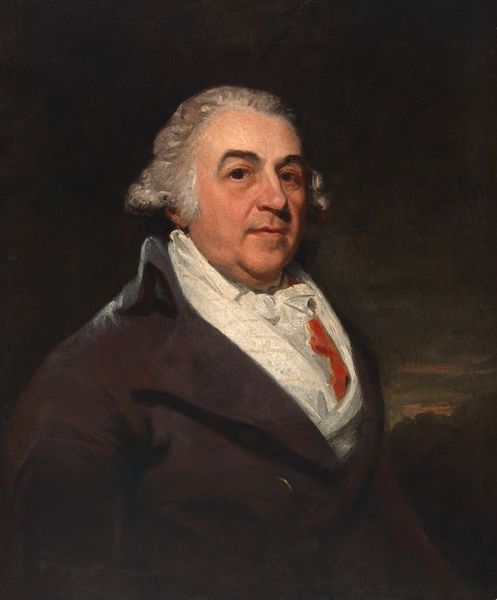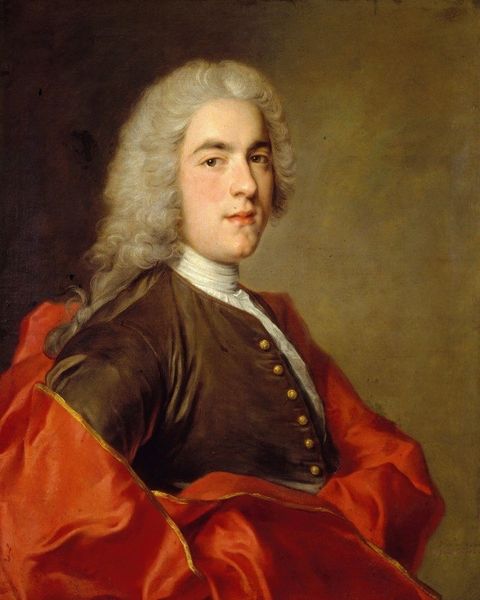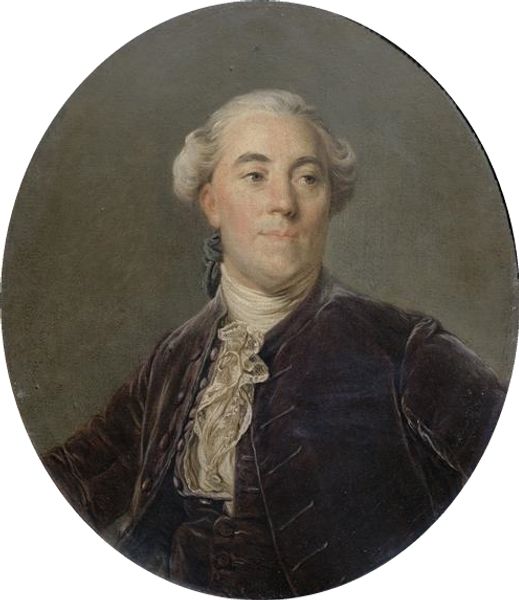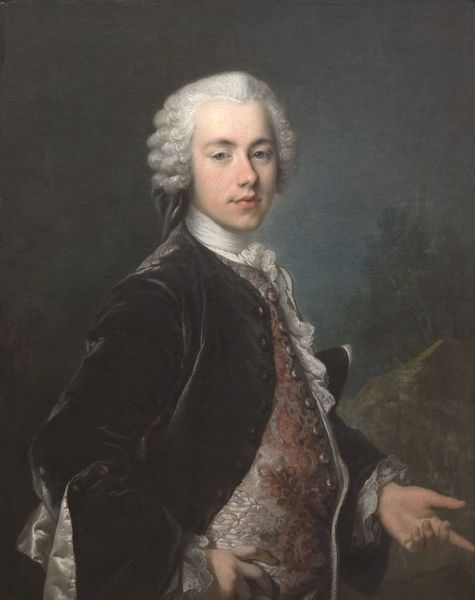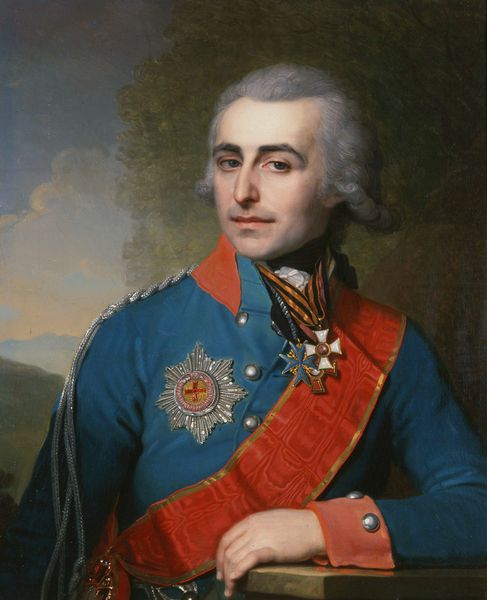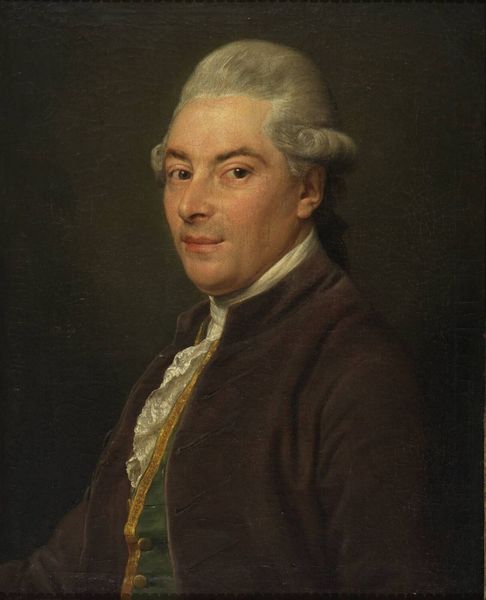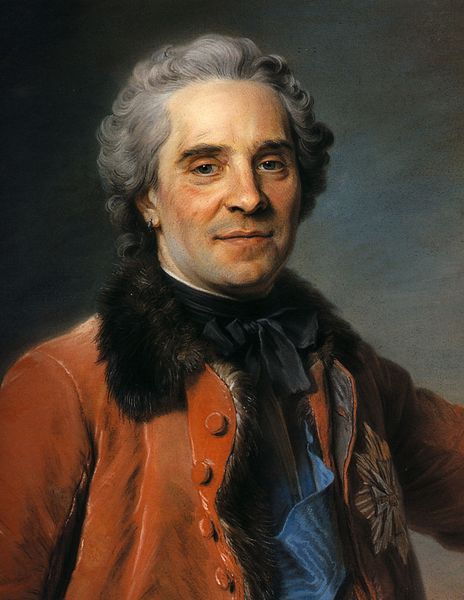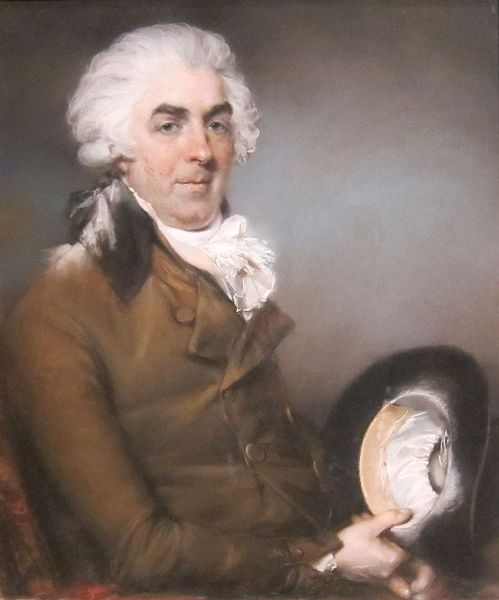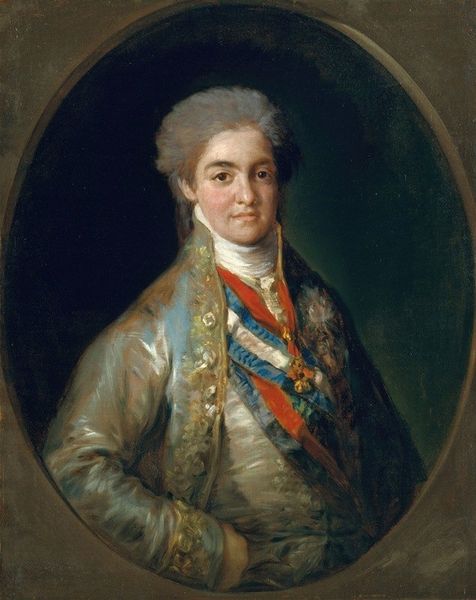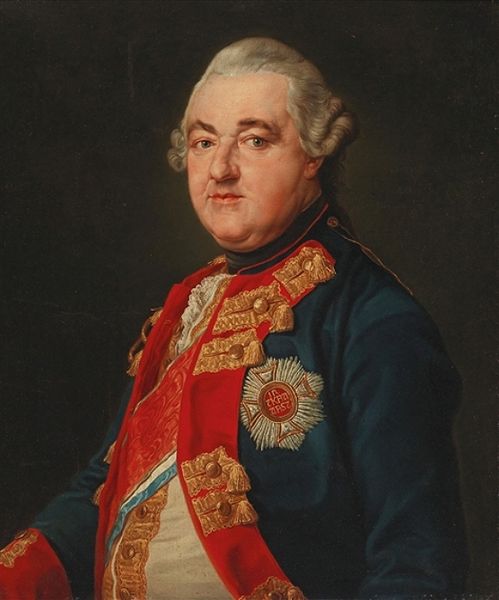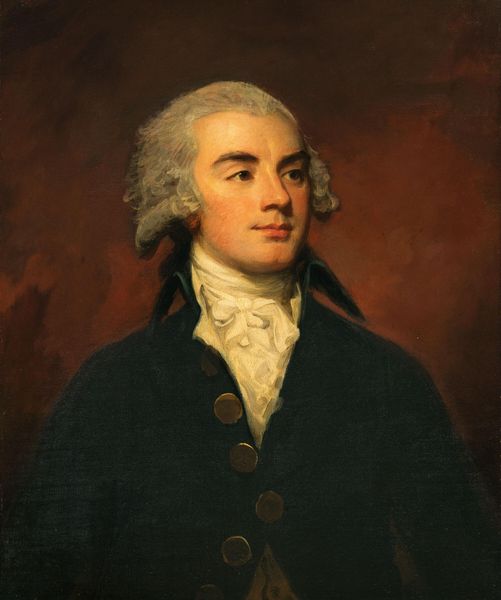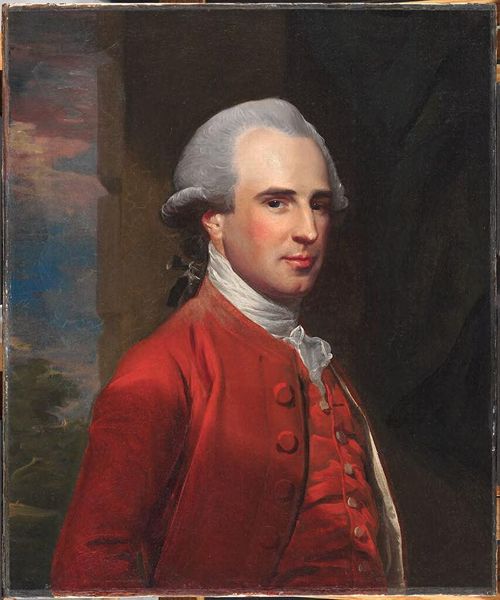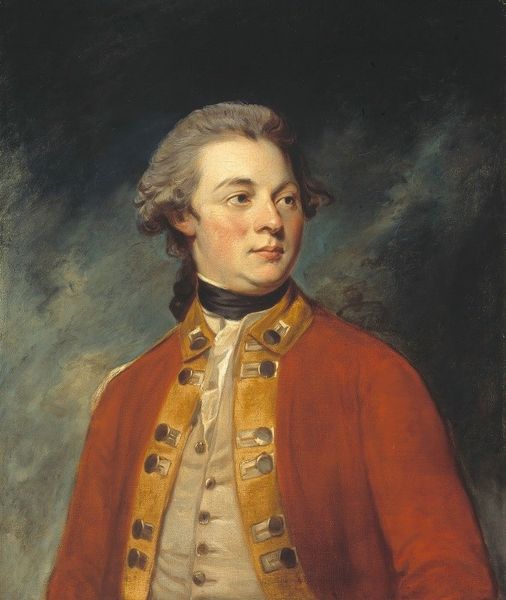
Copyright: Public domain
This is a portrait of August II the Strong, painted by Marcello Bacciarelli, probably in the late 18th century. Bacciarelli was an Italian-born painter who became the director of the Royal Picture Gallery in Warsaw. This portrait tells us a lot about the social role of art during the Enlightenment. August II is presented as a powerful, enlightened monarch, in line with the ideals of the time. The visual codes are clear: the expensive red coat, the powdered wig, and the symbols of status and power. It's worth asking what the painting might have meant to its original audience. How did it reinforce existing social hierarchies, or subtly challenge them? To fully understand the painting, we might turn to sources like letters, diaries, and financial records. These can give us insight into the social and institutional context in which the artwork was created. The meaning of art is always contingent on such factors.
Comments
No comments
Be the first to comment and join the conversation on the ultimate creative platform.
